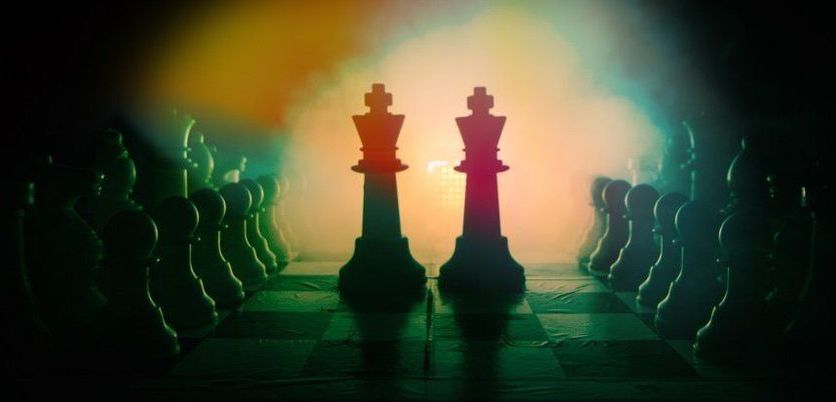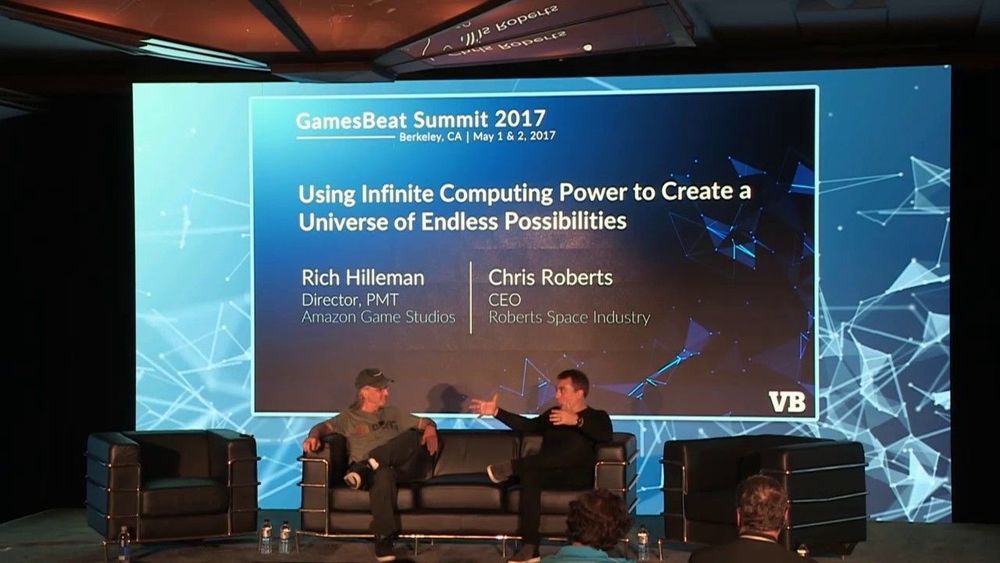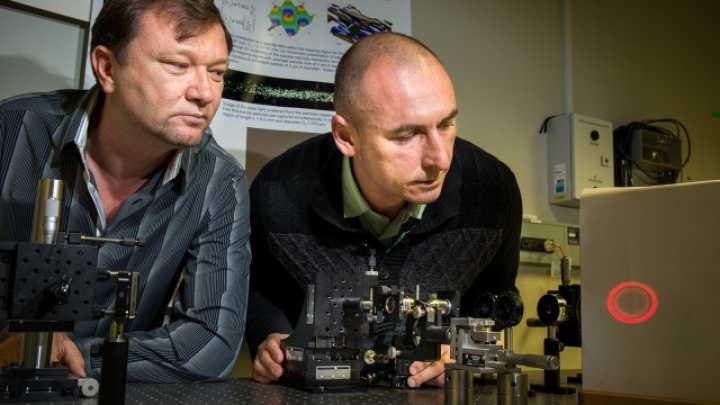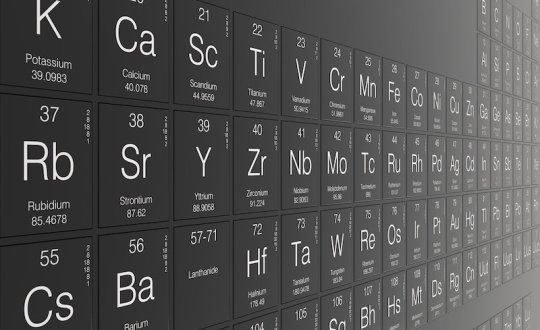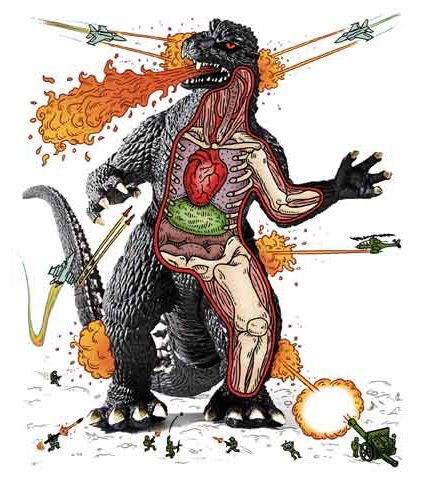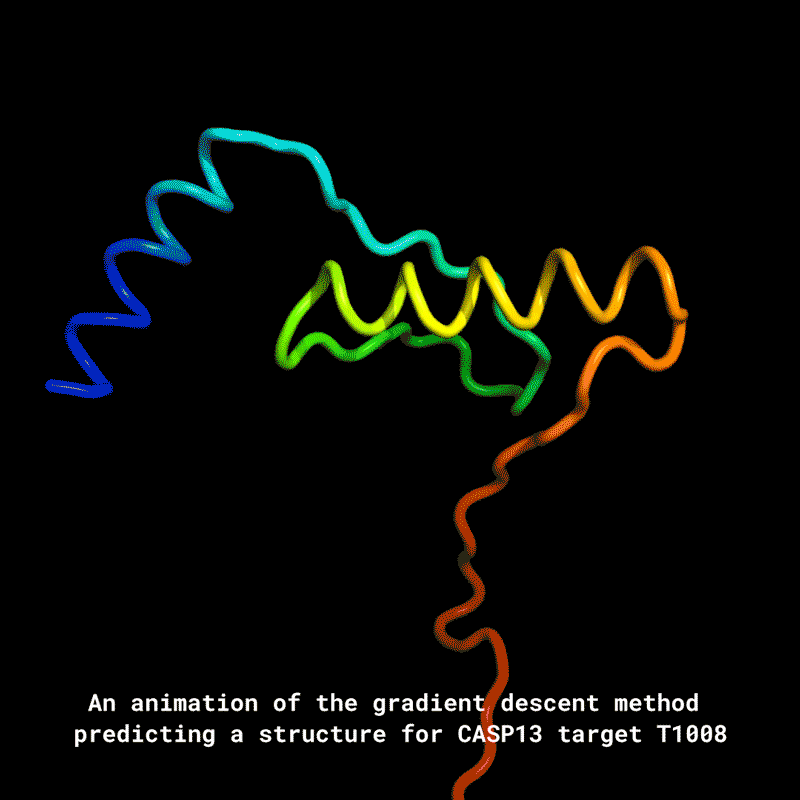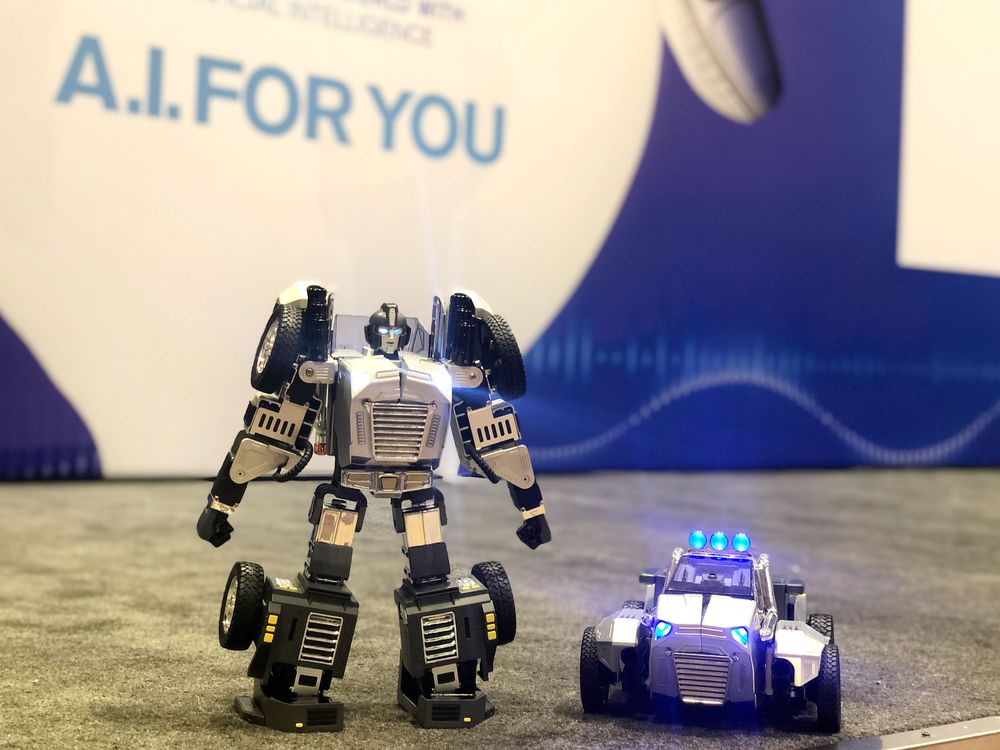Circa 2017
Chess isn’t an easy game, by human standards. But for an artificial intelligence powered by a formidable, almost alien mindset, the trivial diversion can be mastered in a few spare hours.
In a new paper, Google researchers detail how their latest AI evolution, AlphaZero, developed “superhuman performance” in chess, taking just four hours to learn the rules before obliterating the world champion chess program, Stockfish.
In other words, all of humanity’s chess knowledge – and beyond – was absorbed and surpassed by an AI in about as long as it takes to drive from New York City to Washington, DC.
